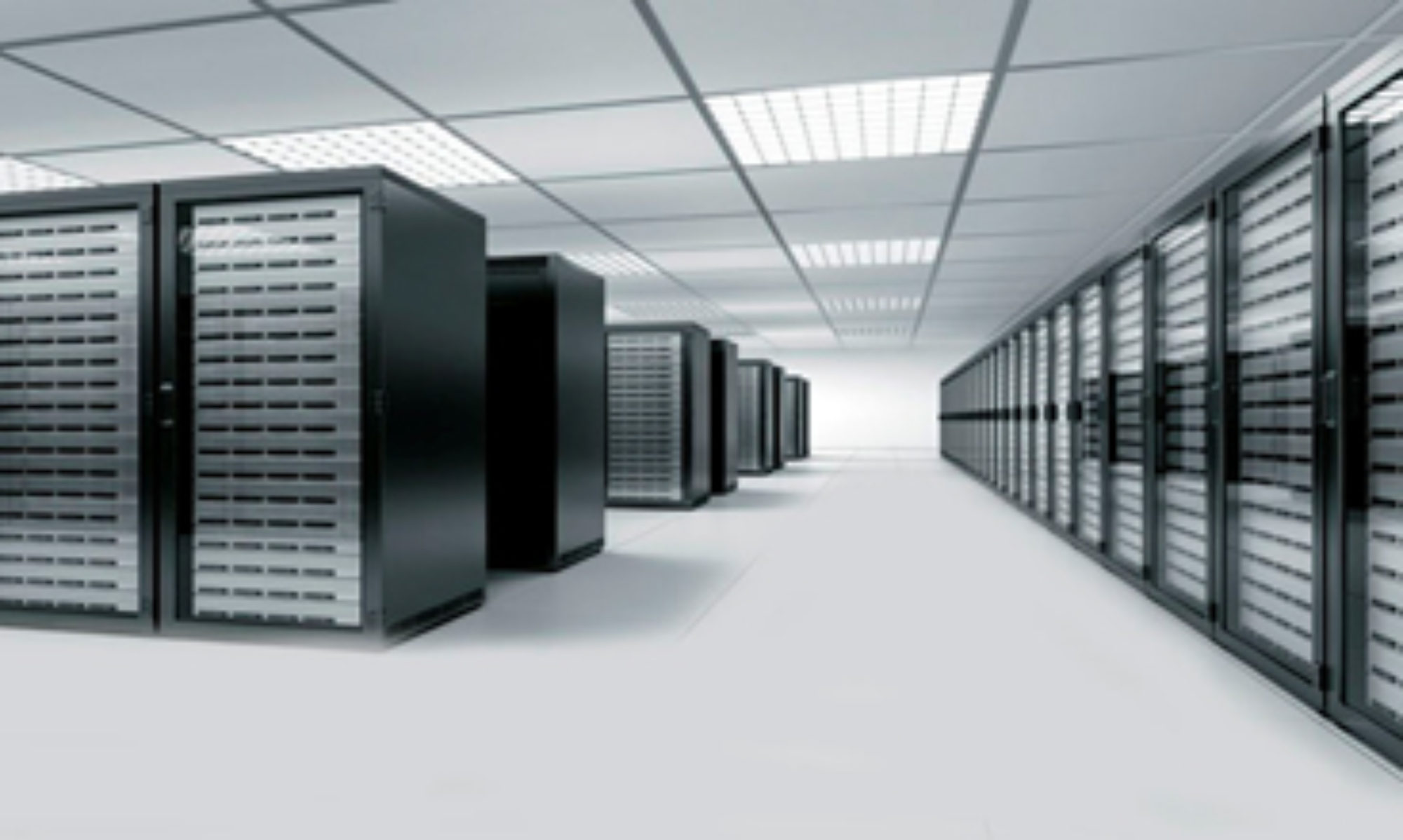Happy new years!
Following up from a flurry of posts in the closing days of 2011 including industry trends perspective predictions for 2012 and 2013, top blog posts from 2011, top all time posts, along with a couple of other items here and here, its time to get back to 2012 activity. Also if you missed it, here is the Fall (December) 2011 StorageIO news letter.
Actually I have been busy working on some other projects the past several weeks most of which are NDA so not much else can be said about them, however there are some other things I’m working on that will show themselves in the weeks and months to come. Here is a link to a webinar and live chat that I did the first week of January on CDP (Continuous Data Protection) and how it can be applied to many different environments.
But lets take a step back for a moment and let me share with you some of the things I did or started during the holiday break between christmas and the new years.
Like many others, I found time to relax and get away from normal work activities during the recent holiday season.
However like many of you that may also be techniques or geeks or wanna be geeks at heart, I could not get away from server, storage, IO, networking, data protection, video and other things completely. I used some time to discuss a few projects that I had wanted to do or that I had started before the holidays and here is a synopsis.
Increased storage capacity on a DVR by about 5x In order to get this to work, I modified a 3.5 enclosure with a power supply to accept a 2.5 1.5TB SATA HDD with an eSATA connection, the easy part was then attaching it to the external eSATA port on my DVR. The hard part was then waiting for the DVR to reconfigure and start recording information again. Also as part of upgrading the external storage on the DVR was to get the media share option to do more than basic things leveraging audio and video real-time trans coding using the Tversity software along with various codecs on a media server.
Another project involved upgrading a 500GB HHDD to a 750GB HHDD and did some testing Shortly before the holidays I received a new 750GB Seagate Momentus XT II HHDD to compare to my exiting 500GB previous generation model. I have been using the 750GB HHDD for over a month now and it is amazing to see so much space in a laptop that also has good performance. Some follow-up activities are to go back and analyze some performance data that I collected before and after the upgrade. This includes both workload simulation of reads, writes, random, sequential of different IO size as well as comparing Windows startup and shutdown speed and impact to build on what I did last summer (see this post). More on these in the not so distance future.
Speaking of clouds, I had a chance to do some more testing with my Amazon EC2 and EBS accounts in addition to cleaning up my S3 pool in addition to my other cloud backup and storage providers accounts. This also involved refining some data protection backup/restore and archive frequency and retention settings. In addition to refinements for cloud based backup, I’m also in the process of transitioning from Imation Odyssey Removable Hard Disk Drives (RHDD) too much larger capacity 2.5 portable RHDDs that are used for offsite bulk copies. Part of the migration includes seeing that end of year master or gold backups and archives were made and safely secured elsewhere in addition to having data sent to the cloud.
Another project involved doing some more testing and simulations with my SSD along with more windows boot and shutdown tests mentioned above. More on these results in a future post.
Sometime (actually not very much) was also spent adding some new shares to my Iomega IX4 NAS which is filling up so I also did some more research on what I will upgrade or replace it with. While Iomega has been great (knock on wood), Synology is also looking interesting as a future solution however keeping my options open for now. Right now I’m leaning towards keeping the IX4 and adding another NAS filer using the two for different purposes.
Some other server, storage and IO projects also included upgrading some networking components, and to finish decommissioning old drives making them secure for safe disposal when the time comes.
I also was able to spend time on non tech items including outside enjoying the nice weather, cutting up some fallen trees and roasting them on a bonfire among other things.




Ok, nuff said for now, time to get back to work.
Cheers gs
Greg Schulz – Author Cloud and Virtual Data Storage Networking (CRC Press, 2011), The Green and Virtual Data Center (CRC Press, 2009), and Resilient Storage Networks (Elsevier, 2004)
twitter @storageio
All Comments, (C) and (TM) belong to their owners/posters, Other content (C) Copyright 2006-2012 StorageIO and UnlimitedIO All Rights Reserved





















